Tag Archive for: coins
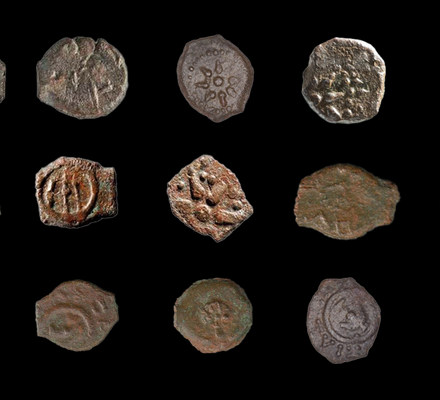
The “Degraded Hasmonean Coins” – A Silent Witness to the Price of Brotherly Conflict
Archaeologist and numismatist Haim Shaham examining finds at the sifting site. His doctoral research has shed new light on the historical significance of the "Degraded Coins."
About 2,092 years ago, the magnificent Hasmonean kingdom…
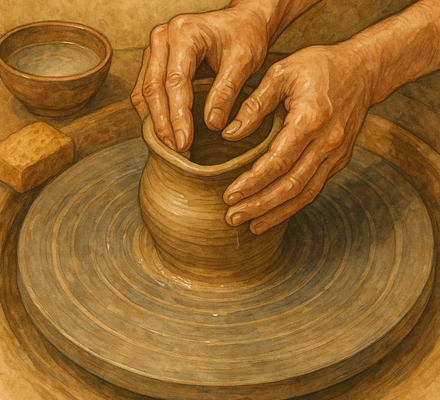
Like Clay – Yom Kippur Reflections from the Temple Mount Sifting Project
The soil of the Temple Mount has yielded thousands of finds that reflect the very crafts described in the Like Clay poem. Every item uncovered in the sifting also tells of the ancient workmanship that brought it into being - many of them the very arts portrayed in the poem.

Continuation of the Sifting at Mitzpeh HaMasu‘ot (The Masu’ot Lookout) and Some Updates
About two months ago, we announced financial difficulties that threatened the continued operation of the sifting site at Mitzpe HaMasuot. Fortunately, thanks to additional donations and significant processes initiated since then - including…

A Rare Temple Mount Coin Featuring the Portrait of the Emperor Who Repealed the Harsh Decrees Against Jews After Tisha B’Av 135 CE
On the Ninth of Av it was decreed upon our ancestors that they would not enter the Land [of Israel]; and the Temple was destroyed the first time, and the second time; and Beitar was captured; and the city [of Jerusalem] was plowed. (Ta'anit…
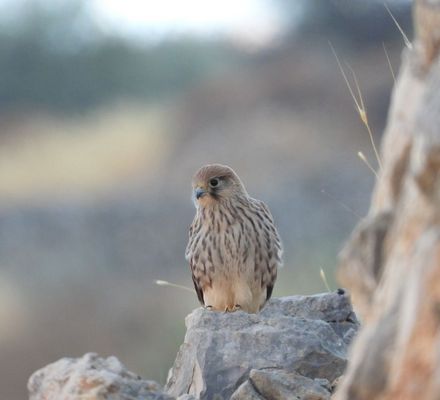
Sukkot at the Temple Mount Sifting Project
This Sukkot holiday we will be raffling off (at no extra charge) among all those who make sifting reservations and share this post, two professionally produced replicas of an ancient Jewish coin from the end of the Second Temple period. This…
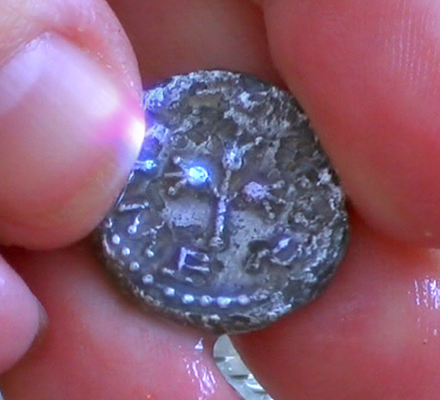
Giving our Half-Shekel
It's that time of year for giving the traditional charity reminiscent of the half-shekel donation to the Temple. Here's a little calculation of how serious that seemingly simple donation actually was! And some ideas for how to make your own half-shekel donation meaningful.
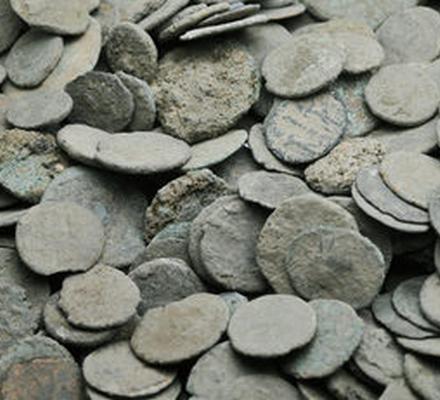
Adopt a Coin!
When ancient coins are found in archaeological digs, it is usually impossible to identify their design elements or inscriptions, due to the accumulation over time of corrosion or encrustation. Therefore, these coins must be sent to a restoration…

Find & Finder of the Month: A Three-Weeks Coin Found by Matanya Hacohen
Like the rest of the world, we are still struggling with realities imposed on us by COVID-19, but we have been able to resume semi-normal activities at the sifting site, and together with them we are happy to resume our Find of the Month posts!
Our…
Tag Archive for: coins

5 Para of Mehmed V (1911/12 CE)
A Copper-Nickel 5 Para coin of Mehmed V
Mehmed V was made sultan in 1909, after the deposition of his brother, Abdul Hamid II, his reign saw the death throes of the Ottoman Empire, as more and more of its former glory was taken up by world powers. In a final disastrous move, Mehmed joined in WWI, though he passed away before seeing the defeat of his chosen side.
Obverse: Mehmed V’s Tughra (official monograph) surrounded by stars, to right: رشاد (reshad) beneath : سنة ٢ (year 2)
Reverse: Center : ٥ باره Legend around: ضرب في دولت عثمانيه قسطنطينية In exergue: ١٣٢٧ (Ottoman State, Struck in Constantinople, 5 Para, 1327).
Date: 1911/191

Napoleonic 5 Francs (1858 CE)
A gold 5 Francs coin of Napoleon III, minted in Paris.
Napoleon III, nephew of the famous Napoleon Bonaparte, declared himself emperor in the year 1851. At a time of a great depreciation of Ottoman currency, foreign coins became more and more preeminent in Jerusalem’s markets, and many 19th century works quote prices in gold “Napoleons”. This particular coin, after removal from circulation, was perforated and incorporated into a piece of jewelry.
Obverse: Bearded head of Napoleon, surrounded by legend: “NAPOLEON III EMPEREUR”. The surname of the chief engraver of the Paris mint, Albert Désiré Barre, is seen at the bottom.
Reverse: “5 FRANCS 1858” within wreath, surrounded by legend: “EMPIRE FRANÇAIS”
Date: 1858

Silver Akçe of Bayezid II (1481–1512 CE)
A silver Akçe of Bayezid II, minted in Bursa (Turkey).
Bayezid II, famous for opening the gates of his empire to the Jews expelled from Spain and who taunted Ferdinand and Isabella for impoverishing their empire only to enrich his, also strengthened the Ottoman army by introducing firearms and building a sizable navy, enabling his successor to conquer the Mamluk sultanate, and the Temple Mount with it.
Obverse: سلطان بازيد \ بن محمد حان\ عز نصرة (Sultan Bayezid ibn Han Muhammad)
Reverse: حلد ملكه\ برو سه\ ٨٨٦
Date: 1481–1512

Silver Nisf Dirham of Qaitbay (1468–1496 CE)
A silver Nisf of Al-Ashraf Qai’tbāy Abū al-Nasr, remembered for his construction project throughout the Sultanate, including the Qai’tbāy Fountain and Madrasa al-Ashrafiyya on the Temple Mount; minted in Aleppo.
Obverse: center — قا يتباى; surrounding — السلطان الملك الاشرف ابو النصر (Sultan Al-Ashraf Abu Al-Nasr)
Reverse: لا اله الا \ الله محمد \ رسول الله (There is no God but Allah, Muhammad is the Messenger of Allah)
Date: 1468–1496


